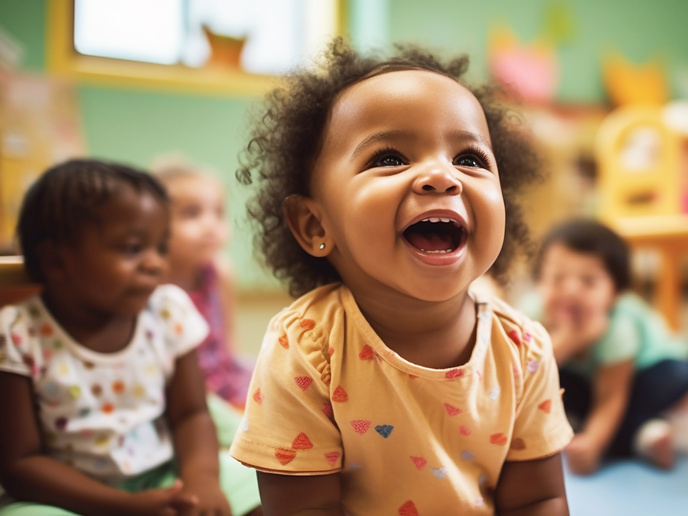How do young children read minds?
Human social interaction and learning depends on making the right inferences about other people’s thoughts, a process commonly called mentalising, or Theory of Mind. Several decades of research concluded this cognitive achievement is reached at around age four, however recent experiments found evidence that infants as young as six months were predicting other people’s actions seemingly by considering their mental states. “This work radically changed our views, and provided support for views that Theory of Mind was a very early emerging, perhaps innate, capacity,” explains Victoria Southgate, a developmental cognitive neuroscientist at the University of Copenhagen and DEVOMIND project coordinator. In the DEVOMIND project, which was funded by the European Research Council, Southgate’s team looked at infants’ behaviour and brain activity to challenge this new view, in an attempt to resolve one of the greatest puzzles in the history of developmental science.
An altercentric view
The DEVOMIND team put forward a hypothesis that infants are not in fact thinking about other minds, but rather they are ‘altercentric’, or biased towards attending to the targets of others’ attention. This adaptation for learning allows infants to focus on others’ attention and encode the targets of their attention, but without understanding anything about mental states. “I proposed that this altercentric bias is possible because infants have not yet developed a self-representation, which happens in the second year of life,” adds Southgate. “Once a self-representation begins to emerge, it is more difficult for infants to simply prioritise the others’ attention because there is a conflict between self and other representations.”
Testing the hypothesis
DEVOMIND tested this hypothesis through a number of studies. In one study, published in 2023, the team found that eight-month-old infants looked longer at the outcome of an animation in which an object is revealed to be absent at a location where it was seen by another person, than one where just the infant saw it. “This tells us that infants remembered the object better where another person saw it,” Southgate says. By 12 months, this bias is receding. In another study, the researchers investigated how the emergence of self-representation changes how infants encode this kind of perspective conflict scenario. Infants who exhibited markers of self-representation showed evidence of experiencing a perspective conflict (seen through greater pupil dilation) whereas infants who did not yet show evidence of self-representation, did not. “This suggests that indeed the emergence of a self-representation forces infants to confront two conflicting representations,” remarks Southgate. “Both those studies are important evidence in support of our hypothesis.”
Overturning Piaget
These results suggest that our long-held view – since the time of Jean Piaget – that cognition begins as ‘egocentric’ is wrong. Children become egocentric with the development of the self, but they begin life as altercentric. Prioritising encoding of others’ attention might be a good heuristic for early learning, Southgate says, when infants can’t move around much and spend most of their time observing others. “I call it uniquely infant social intelligence.” The project highlights that the emergence of self may radically change cognitive development, something that has received little empirical study in developmental psychology. “We are now really focused on that question – how a self emerges and what it gives us that might make human consciousness unique,” concludes Southgate.
Keywords
DEVOMIND, learning, Theory of Mind, self-representation, infants, Piaget, children







